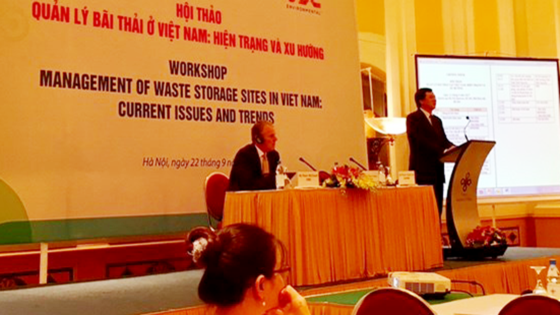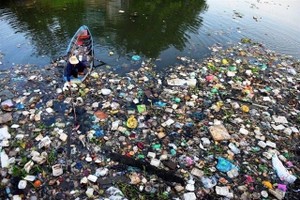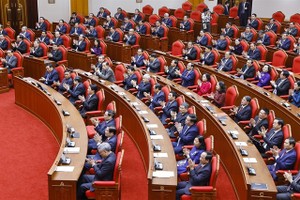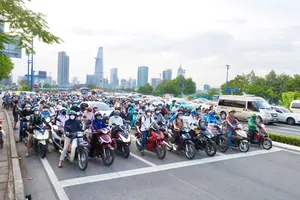
That was announced at a workshop on waste storage sites' management in Vietnam hosted by the Institute of Strategy and Policy on Natural Resources and Environment this morning.
Solid industrial and household wastes are buried together in many provinces in the South Central Coast and the Central Highlands, where most of landfill sites are unhygienic.
In the Central Highlands, open-air landfill sites locate in valleys near the upper reaches of rivers causing environmental pollution in the lower reaches.
Meantime, lot of waste storage sites have no shores in the Mekong Delta so they have been submerged when floodwater rises. During dry season, waste is burn causing environmental pollution.
Choosing locations for waste management sites as well as building and operating them have been implemented according to a joint circular issued since 2001. There has no specific instructions on their working process, said Ms. Duong Thi Phuong Anh from the institute.
Mr. Hoang Manh Hiep from Technical Infrastructure Department under the Ministry of Construction said that waste burying is not an encouraged treatment solution.
Still the country now has less than 40 urban solid waste treatment facilities. They are operating with total designed capacity approximating 7,500 tons a day while the volume of solid household waste released a day is about 38,000 tons, he added.
He proposed to study a roadmap to gradually adjust solid household waste treatment prices to make up treatment facilities’ investment and operation costs.
Delegates at the workshop said that it is needed to build solid waste management plans and waste management should accord the plans.
Fifty seven out of 63 provinces in the country have established and approved their plans. The remaining provinces are expected to do that by the fourth quarter this year.
























